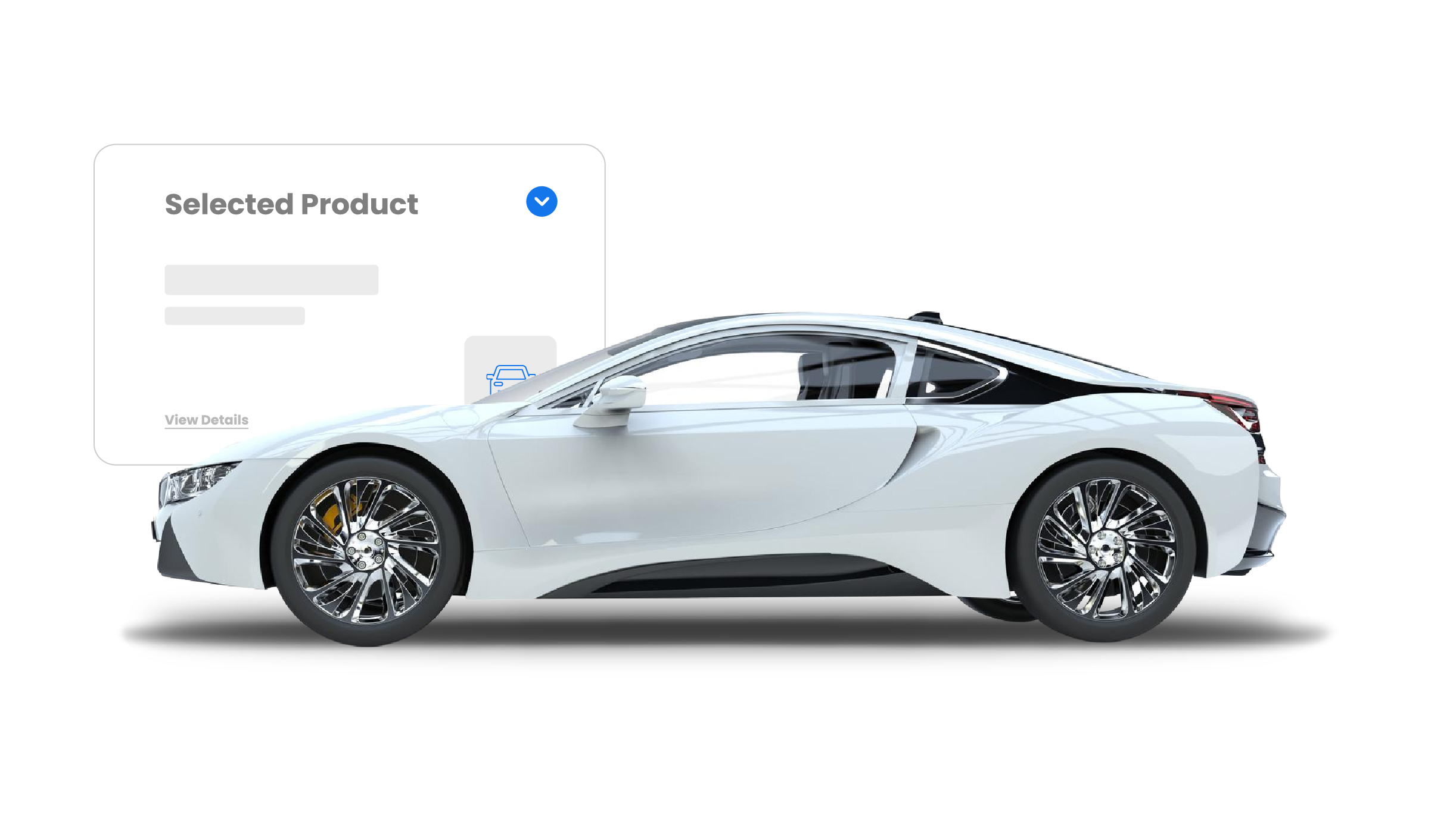The future of EV sales in the United States
Explore how the end of the $7,500 US EV tax credit is reshaping demand, dealer strategy and OEM investment, and why data-driven retail platforms matter most.

Post-Incentive Reality: The Evolving Future of Electric Vehicle Sales in America
The expiration of the $7,500 federal electric vehicle (EV) tax credit on September 30, 2025 marked the beginning of a significant transition period for the US auto market. Dealerships, which previously benefited from strong, incentive-driven demand, now face a landscape where sustained EV growth relies on organic consumer enthusiasm and innovative adaptation.
Latest Trends: A temporary surge and a subsequent decline
According to the National Automobile Dealers Association (NADA), battery electric vehicle (BEV) market share peaked at 11.8 percent in September 2025. This was driven by a final rush of consumers seeking to benefit from the expiring tax credit.
Year-to-date, BEV sales were up 24.1 percent over the previous year, which underscores both the influence of policy support and the volatility that can follow its removal (NADA, 2025). However, October sales numbers reflect an immediate contraction, illustrating the dependence of the market on continued financial incentives (Reuters, 2025).
US EV market share by quarter (2025)
A review of US EV market share by quarter illustrates how strongly consumer adoption fluctuated in response to the federal tax credit. The data below highlights the record gains achieved before the incentive’s expiration, followed by a sharp projected decline as the market absorbed the immediate impact of the policy change.
US EV Market Share by Quarter (2025): Surge and Decline After Tax Credit Expiry
Source (NADA, S&P Global Mobility)
As the chart shows, EV market share reached a peak of nearly 12 percent in the third quarter of 2025, driven by consumers seeking to secure the federal incentive before its termination. However, with the tax credit no longer available, projections for the final quarter of 2025 indicate a significant retreat in market share, underscoring the pivotal role of incentives in supporting sustained EV adoption in the US.
Dealership perspectives and strategic adjustments
As the market adjusts to the removal of federal incentives for electric vehicles, dealerships are reassessing their roles and strategies within the evolving landscape. Without the draw of government-backed discounts, the focus shifts toward building lasting relationships with customers and emphasizing the everyday benefits of electric vehicle ownership. Sales teams are expected to take on the role of educators, helping potential buyers understand new technologies and the unique aspects of EV maintenance and use. Dealerships are also recognizing the importance of reliable after-sales service and personalized support to foster long-term customer satisfaction. By adapting thoughtfully to these new conditions, dealerships can position themselves as trusted guides in the customer journey toward electrification, even as the market undergoes significant change.
Manufacturer outlooks on the shifting market
Ford CEO Jim Farley addressed stakeholders in the company’s third-quarter 2025 earnings call, revealing a recalibration of expectations: “We now anticipate EV adoption to account for approximately five percent of the US market. Our EV spending and capital allocation has changed massively,” reflecting both Ford’s and the broader industry’s pivot in light of reduced demand and fewer incentives (Ford Motor Company, 2025).
This strategic shift is echoed by several other OEMs, who are increasing their focus on hybrid vehicles and flexible propulsion platforms.
Public policy, legislation, and analyst assessments
Public policy and fiscal incentives remained central to the evolution of the EV market, directly influencing affordability, consumer demand, and investment confidence. As these factors shift, policy clarity becomes as critical as technological progress.
S&P Global Mobility notes that this volatility, coupled with ongoing affordability pressures and evolving EV policies, is creating uncertainty for all industry stakeholders as they adapt to changing demand and incentive landscapes. As the market continues to adjust, analyst assessments anticipate further fluctuations and emphasize the significance of public policy in shaping the future trajectory of EV adoption (S&P Global Mobility, 2025).
Legislative guidance publications note that federal tax credits for new, used, and commercial clean vehicles are only available for vehicles acquired on or before September 30, 2025 (Plug In America, 2025).
This marks a significant shift in the cost structure and incentive landscape for electric-vehicle buyers. As these dynamics unfold, both policymakers and market participants face the challenge of maintaining momentum toward electrification while balancing fiscal responsibility and market stability. The next phase of growth will depend on how effectively policy frameworks align with evolving consumer behavior, infrastructure readiness, and the broader economic climate shaping EV affordability and accessibility.
Strategic Forecasts for Dealership
Short-term outlook: EV market share may significantly fall in Q4 2025, with continued volatility until market equilibrium is restored.
Medium-term outlook: Dealers will prioritize non-EV offerings, regional incentives, and community engagement to stabilize sales.
Long-term outlook: Future growth in EV sales will be contingent upon advancements in battery technology, robust public policy, and renewed consumer incentive programs.
Conclusion
The post-tax credit era marks a turning point for the U.S. electric vehicle market, one defined not just by challenges but by new opportunities for dealerships and manufacturers willing to adapt. To thrive in this environment, dealerships must move beyond reliance on incentives and instead cultivate consumer trust through education, transparent cost-benefit communication, and enhanced after-sales support. Manufacturers and retailers should collaborate to develop innovative sales models, diversify product offerings, and leverage regional programs to sustain momentum in EV adoption.
Proactive investment in staff training, community outreach, and digital sales tools will be key for dealerships seeking to differentiate themselves and foster loyalty among customers navigating an evolving market landscape.
As the auto-retail landscape continues to evolve, decision-makers must increasingly rely on data-backed insights to drive operational efficiency and differentiate through exceptional customer journeys. Understanding customer preferences is key! Transcend Retail embodies this shift; bridging customer-facing experiences with dealership back-office execution through connected decision flows that unify credit decisioning, contracting, ID verification, and trade-in management within a single, intelligent platform.
Looking ahead, those who treat this transition period as a catalyst for organizational change and creative problem-solving will be best positioned not just to weather market volatility, but to lead the next wave of automotive innovation in the United States.
Related blogs

NETSOL is a Silver Sponsor at the AFC Autumn Conference 2025

Architecting the intelligent auto lender: A roadmap to agentic AI




